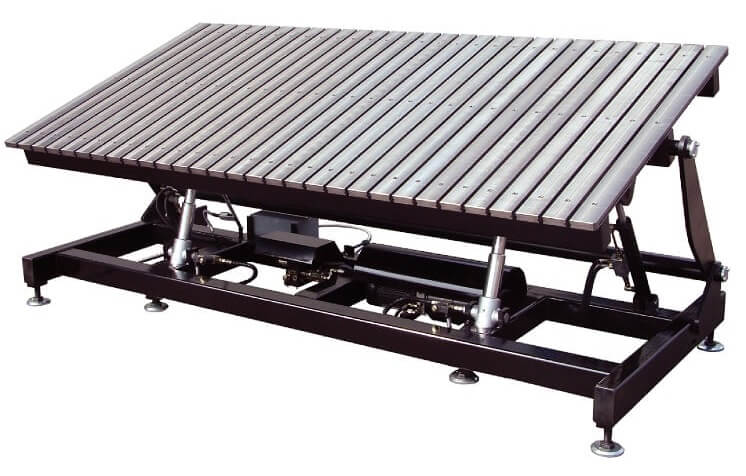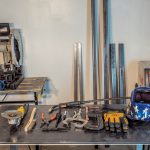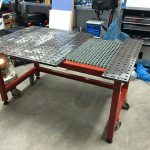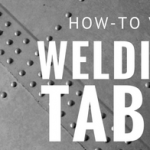Whether you are a professional welder or someone who does welding projects as a pastime, why would you utilize a welding table that rotates and tilts rather than a standard table that has a solid, horizontal surface?
If you can’t believe in a suitable response, think of the distinction between a hard wooden chair and an ergonomic workplace chair that can be changed up, down, backward, and forwards.
The wooden chair may work if you sit nice and straight and do not mind your bottom getting aching. The ergonomic workplace chair though is most likely to help you sit properly and likewise feel comfy. The issue is that if the chair causes you to flex, stoop, or use up positions that influence your spinal column you’re likely to be in difficulty. At best this bad posture will trigger discomfort, at worst it could cause skeletal injury. This may sound like overkill, but it isn’t. The vast bulk of people do not understand the effect of poor posture.
If a welding table can rotate and tilt, it stands to reason that it will make it a lot easier for the person welding to get to joints whether they are above or under the workpiece. Rather than the welder having to flex awkwardly to get to unattainable points, all he does is move the table to fit his requirements. The added benefit is that it likewise prevents unneeded downtime:
1. Due to the fact that the welder can work more effectively and therefore is less most likely to need to re-measure, make corrections, and mechanically revamp the materials to get the task right.
2. Bad posture can cause severe health issues that inevitably result in absenteeism. This can affect both the timeframe of a job along with expenses as other employees might require to be hired to finish the job for the absent worker.
Welding Tables

Conventional welding tables are flat and made from moderate steel. Nowadays welding tables are still made from moderate steel, but more specialized designs are made from cast iron, stainless steel, and various alloys. You don’t need to jeopardize; you can pick exactly the surface area that is best for the work you are welding.
Welding tables are typically simply tables with four legs and an upper surface that is both horizontal and level. Jobs are done in parts, and a variety of clamps are utilized to keep the metal in location while the welding operation is in progress.
In recent years, welding tables have taken a totally brand-new style turn with modular tables allowing work to be done much more rapidly and efficiently. The most amazing component of these tables is that they can be changed to any position for precision welding that requires 100 percent accuracy of all measurements, angles, and positioning of parts.
Modular 3D Welding Tables
Modular 3D welding tables from Forster America are created to make it possible for welders to accomplish custom options for any welding jobs. Rather than strong upper surfaces, their tables include rails that can be adjusted to accommodate jigs and other components. The most common width of Forster’s modular tables is 47 inches and the readily available length ranges from 39 inches to 118 inches.
Welding Tables That Swivel
The business’s swiveling welding tables are operated by electrical motors and have a swivel variety of 360 degrees. Like the 3D tables described above, they have slatted surface areas to accommodate jigs and other specialized welding tools. They also include an important lifting function.
The prime feature of the Forster swivel welding tables makes it possible for the adjustment of the axis using the center-of-gravity. A trademarked function, the sense of gravitational force it makes it possible for the torque to be set to no even when the welding is dealing with heavy parts that weigh approximately one lot. The table is then protected in position just and quickly utilizing a locking brake.
Welding Tables That Tilt and raise
Created to make the welding operation more efficient and efficient, Forster’s lifting and tilting welding tables might be adjusted hydraulically to any height and degree. There are several various types that have been designed for different needs depending upon whether it requires to raise and turn, lift and rotate, raise and tilt, or simply lift.


